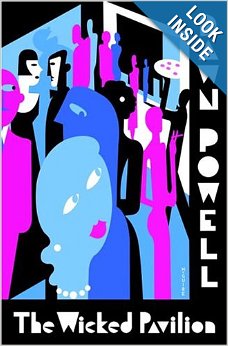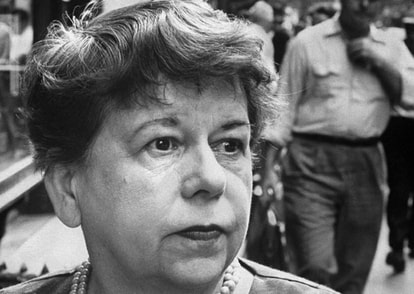|
“There must be some place along the route, a halfway house in time where the runners may pause and ask themselves why they run, what is the prize and is it the prize they really want. What became of Beauty? Where went Love? There must be havens where they may at least be remembered.” –Dawn Powell, The Wicked Pavilion. One of the blessings of being involved with multiple literary organizations is the constant exposure to a multitude of new or hitherto unheard of authors (read: unheard of by me). The curse is of course an ever expanding reading list that would require another lifetime to get through. But my participation with The Greenwich Village Literary Pub Crawl brought the author Dawn Powell within my literary radar and her book The Wicked Pavilion was an absolute treat. The Wicked Pavilion should be taught in schools, it should be read in American literary classes and especially those focused on New York City literature. Foreign Universities with American Studies classes should add this to the curriculum. You should go read this book. Dawn Powell lived and wrote most of her life in Greenwich Village, which doesn’t necessarily separate her from many of her other contemporaries. Ernest Hemingway considered her one of his favorite living writers. Yet after her death her books and her memory faded away for several decades. Recently her diaries became published which has sparked a reawakening of her literary achievements and The Wicked Pavilion ranks in my mind with some of the great literary works in post war era. In fact the setting of the book is in post war New York City, the several plotlines revolving around the closing of a popular artists’ hangout, the fictional Café Julien in Greenwich Village. Within this setting a host of characters cross paths and we get a fantastic glimpse of the “changing of the guard” as a new, younger generation of artists begin to develop their style while the closing of The Café Julian seems to herald the end of an era for those who came before. We are swept up in the hopeful yet failing love affair of Rick and Ellenora as they seem to find and miss each other throughout the book. We build a love hate relationship for Elsie and Jerry as they strive to raise their stations and reach the ever dreamt of pinnacle of glamour of the New York’s socialite, we both laugh and frown upon the misguided attempts of Dalzell Sloan and Ben Forrester mischievously trying to further their artistic careers and capitalize on the success of dead friends. Throughout all of this we are painted such a beautifully heartfelt description of life and attitudes in the New York art scene, witnessing the seeds of the bohemian mentality slowly evolving into “Beat” sensibilities. I cannot recommend this book to you enough, and I can say I will enjoy putting off my reading list every so often to re-read this wonderful novel. By Eric Chase
1 Comment
|


 RSS Feed
RSS Feed